





 |
 |
 |
 |
 |
 |
| Jonathan Cheah Weng Kwong | profile | all galleries >> Others >> Freaky Accidents >> High Profile Species >> Thailand 2013 1st H >> Lophura leucomelanos - Kalij Pheasant | tree view | thumbnails | slideshow |
| previous page | pages 1 2 ALL | next page |
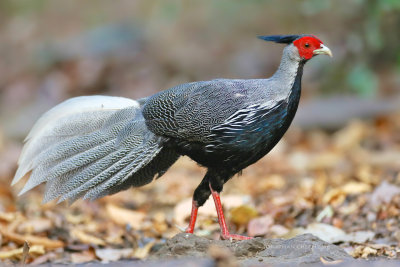 773B0303.jpeg |
 773B0304.jpeg |
 773B0318.jpeg |
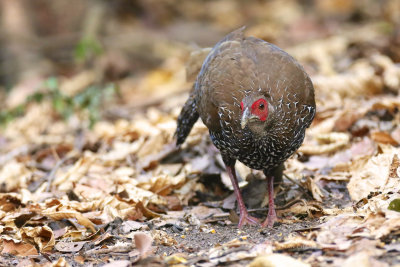 773B0324.jpeg |
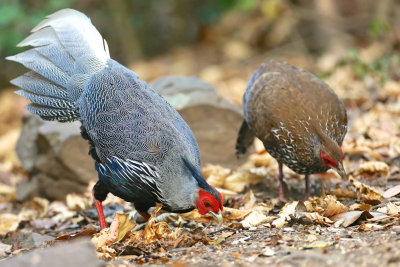 773B0339.jpeg |
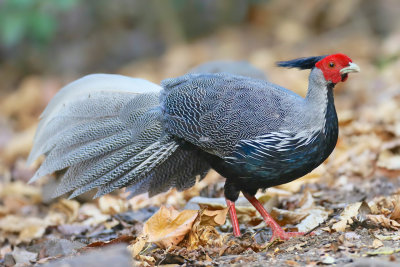 773B0355.jpeg |
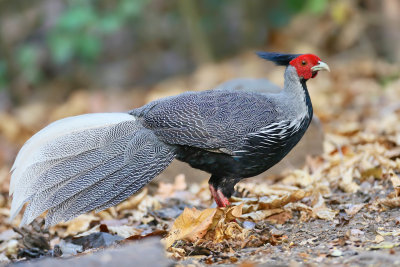 773B0368.jpeg |
 773B0408.jpeg |
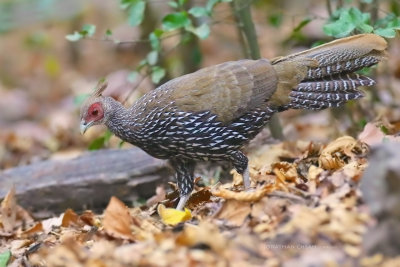 773B0955-1.jpeg |
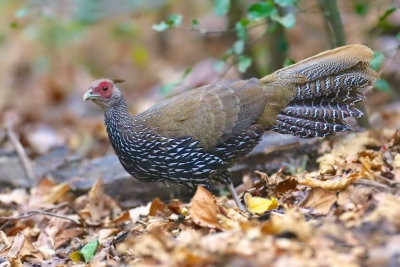 773B0961-1.jpeg |
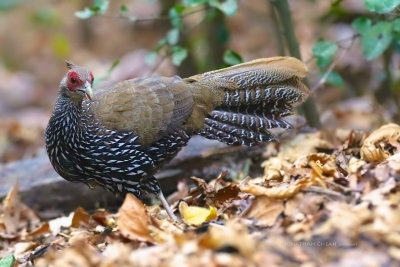 773B0964.jpeg |
 773B0977-1.jpeg |
| previous page | pages 1 2 ALL | next page |
| comment | share |
| charlysax | 15-Apr-2013 16:50 | |